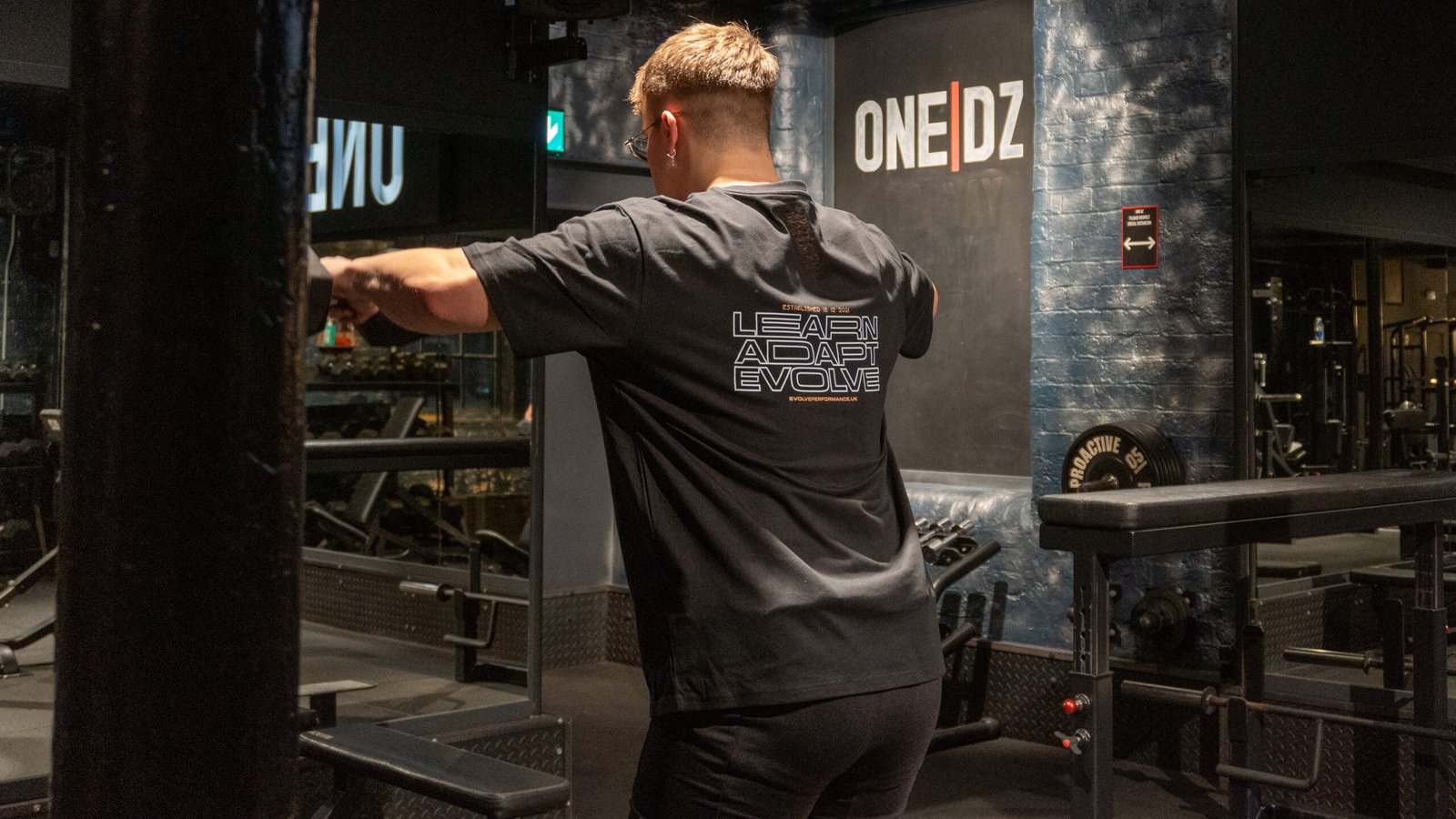Introduction to Weight Training
Weight training, a cornerstone of fitness, involves exercises that use resistance to strengthen and condition the musculoskeletal system. For those new to the concept, it encompasses a variety of techniques and equipment, including free weights like dumbbells and barbells, machines, and bodyweight exercises. This guide aims to demystify weight training for beginners, emphasizing its benefits such as improved muscle tone, enhanced bone density, and a boost in metabolism. By embarking on this journey, you not only work towards a more sculpted physique but also enhance your overall health and well-being.
Choosing the Right Equipment
Embarking on weight training begins with assembling the right toolkit. For beginners, simplicity is key; a basic setup with adjustable dumbbells, a sturdy bench, and perhaps resistance bands offers a versatile range of exercises without overwhelming you. When selecting weights, it’s crucial to opt for those that allow you to complete sets with proper form yet still present a challenge. This often means starting with lighter weights and gradually increasing them as your strength improves. Remember, the goal is to build a foundation, not to lift the heaviest weights possible from day one.
Mastering the Form
The cornerstone of effective weight training is mastering the correct form. This ensures that you target the intended muscle groups while minimizing the risk of injury. Start by focusing on compound exercises, such as squats, deadlifts, bench presses, and rows, which work multiple muscle groups simultaneously. Practice these movements without any weight or with very light weights to familiarize yourself with the correct form. Watching instructional videos, reading detailed guides, or even better, working with a certified personal trainer, can provide valuable feedback and adjustments to perfect your technique.
Developing a Routine
For beginners, consistency and balance in a weight training routine are more beneficial than intensity. A well-rounded routine should target all the major muscle groups in the body, including the chest, back, legs, arms, shoulders, and core. Initially, aim for a full-body workout two to three times a week, allowing at least one day of rest between sessions for muscle recovery. Each session should include exercises that cover the entire body, with three sets of eight to twelve repetitions for each exercise. This approach promotes balanced strength development and prevents overtraining.
Progressing Safely
As you grow more comfortable and stronger in your weight training practice, progression is the natural next step. Increase the weight gradually, ensuring that you can still complete your sets with proper form. Adding variety to your routine through different exercises, increasing sets or repetitions, and incorporating advanced techniques like supersets or dropsets can also stimulate continued improvement. However, progression should always be approached with caution to avoid overexertion and injury. Listening to your body is paramount; if you experience pain beyond typical muscle soreness, it may be a sign to scale back or consult a professional. Remember, the journey to strength is a marathon, not a sprint, and sustainable progress is achieved with patience and perseverance.
In summary, weight training for beginners is about laying a solid foundation through the right equipment, mastering form, developing a balanced routine, and progressing safely. By adhering to these principles, you can embark on a rewarding journey towards improved strength, health, and confidence.



